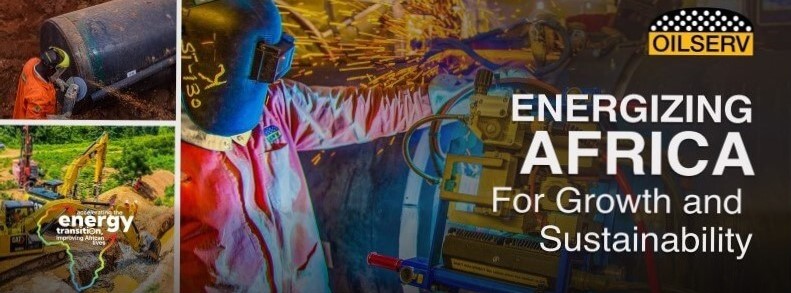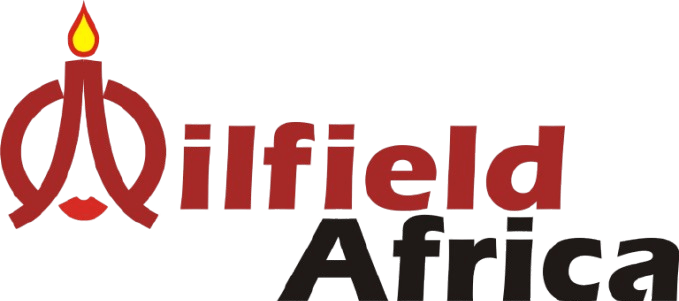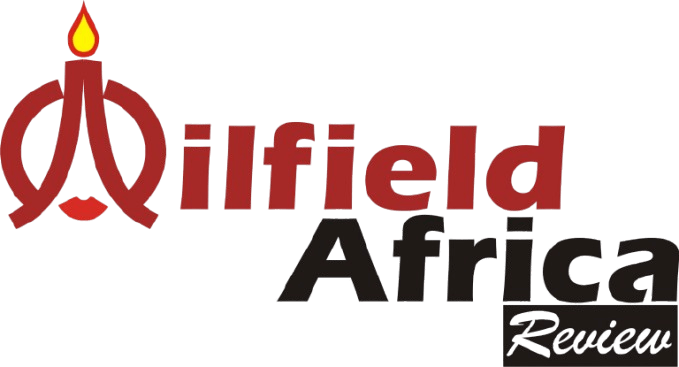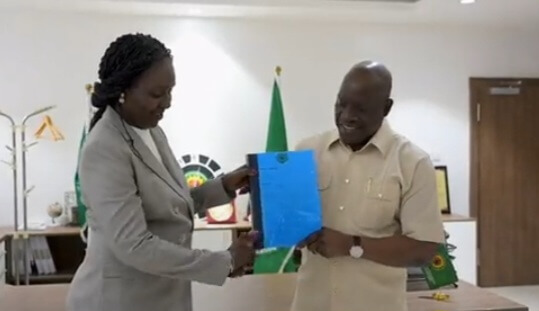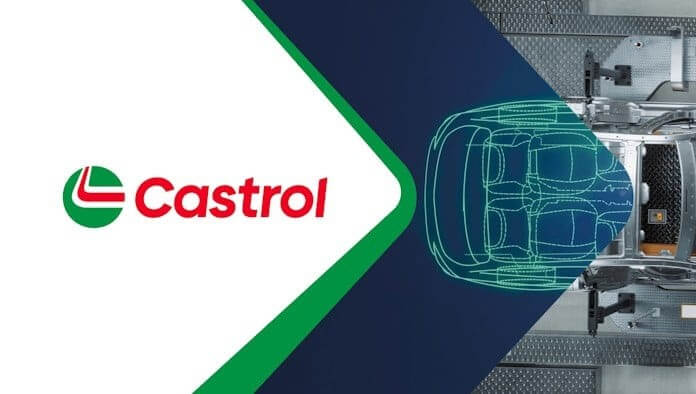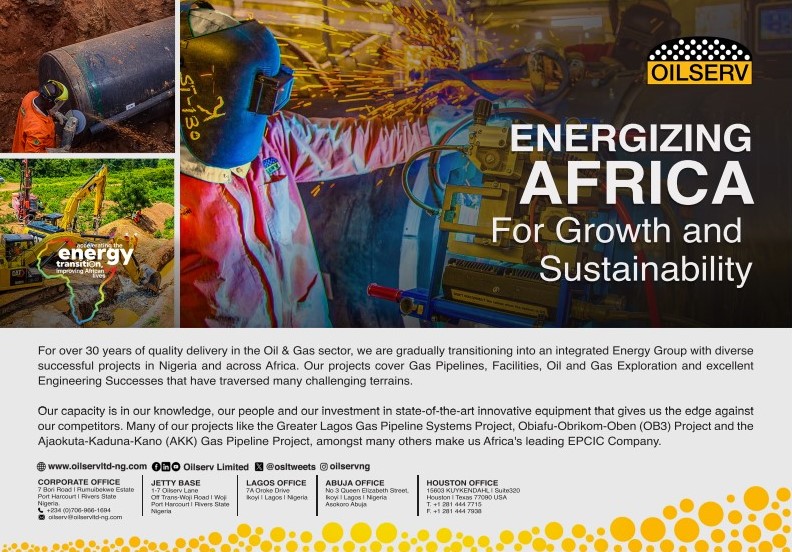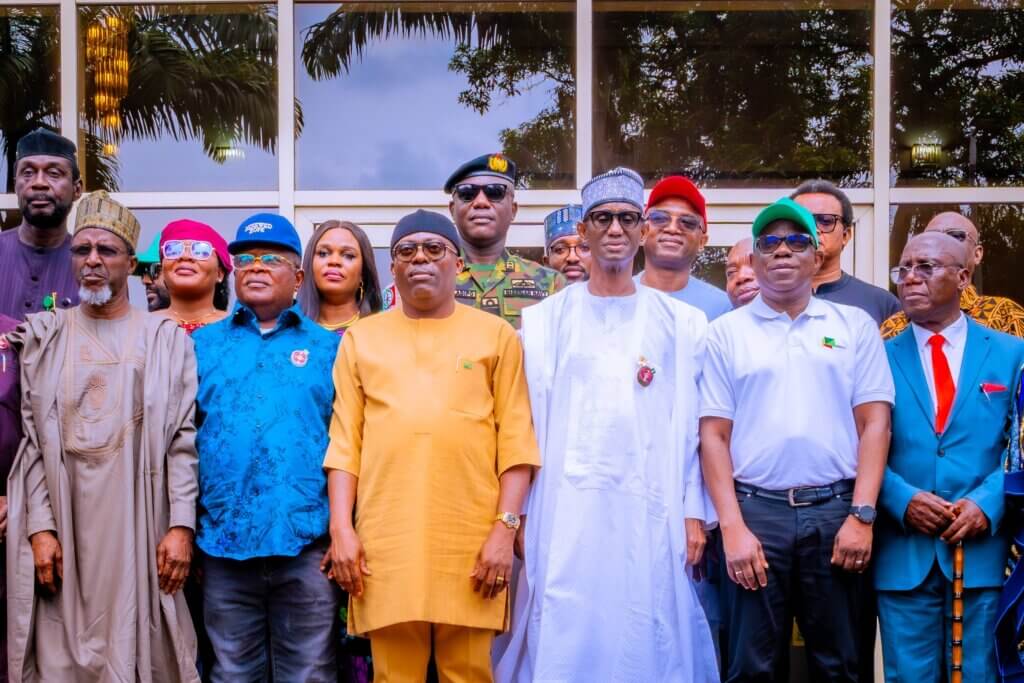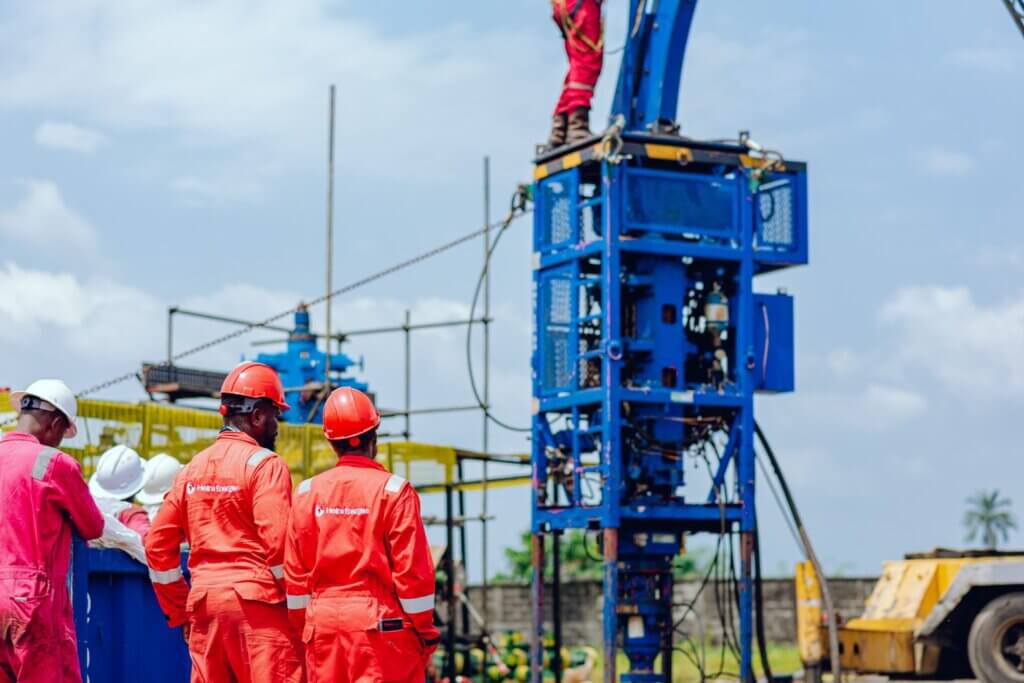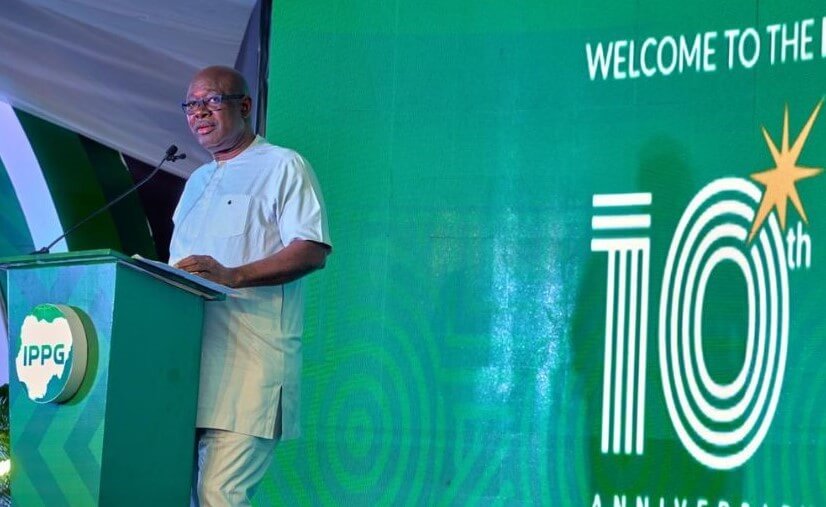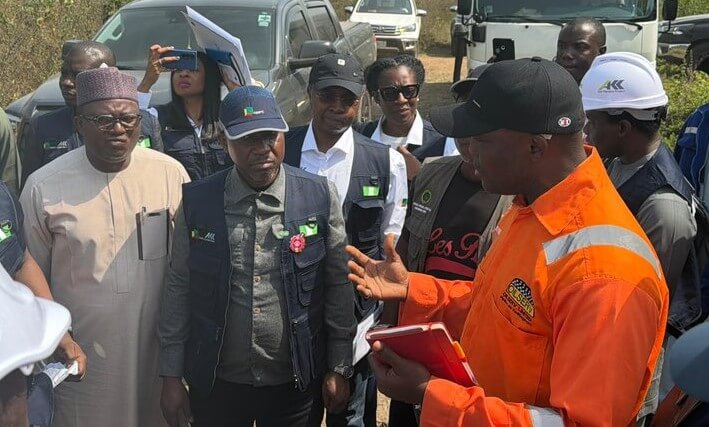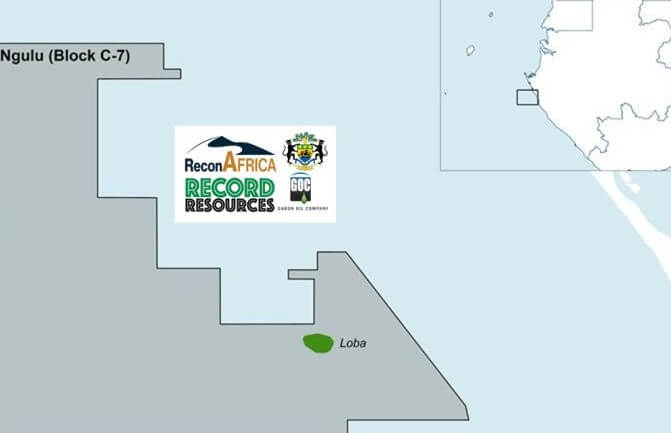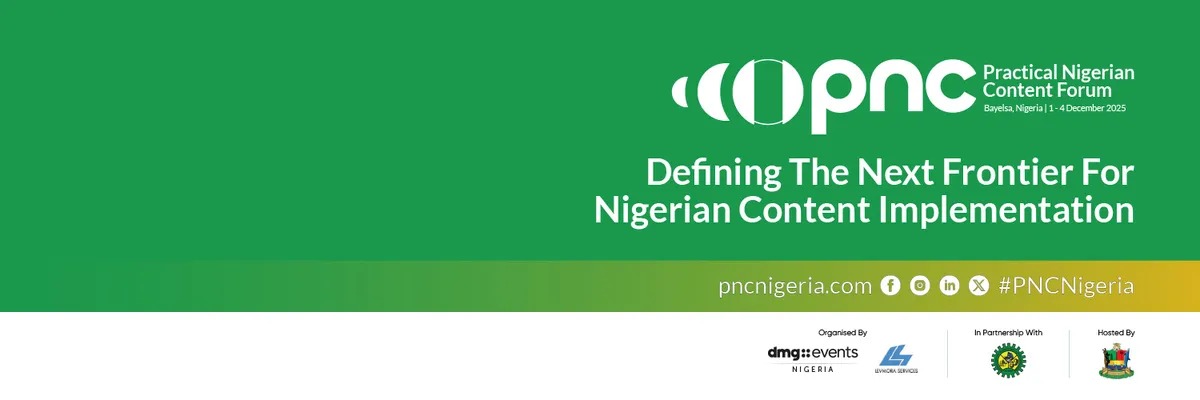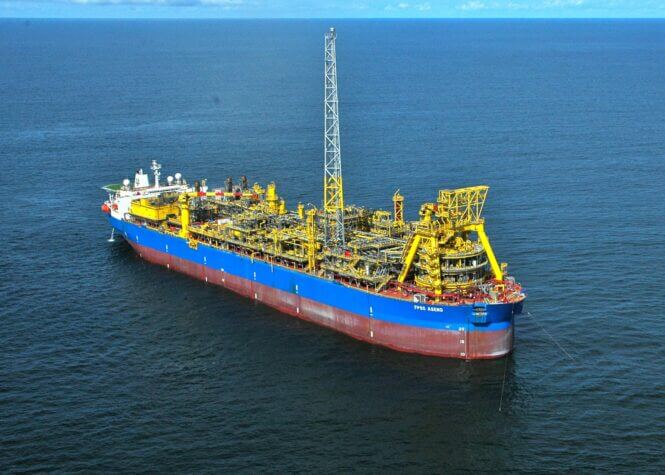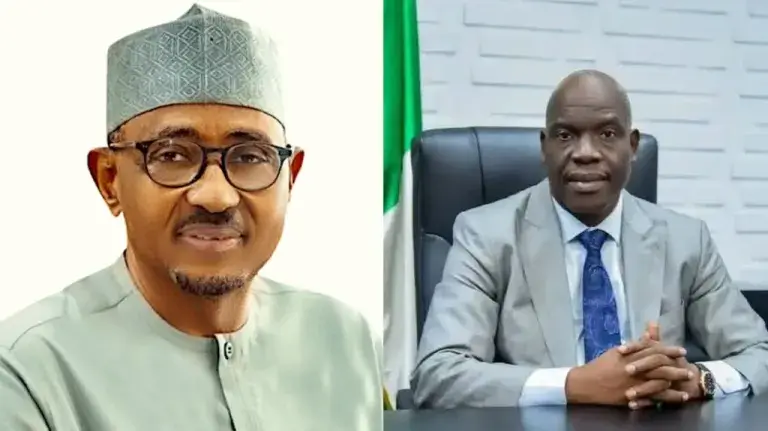
The PGS Nigeria MultiClient data library provides excellent 2D and 3D seismic coverage over recently announced blocks in the 2020 Marginal Fields Bid Round.
The Department of Petroleum Resources (DPR), on behalf of the Federal Government of Nigeria, recently launched its 2020 licensing round. A total of fifty-seven marginal fields are on offer, including a number in shallow-water terrains.
PGS MultiClient Data Available for Evaluation of Blocks
The PGS Nigeria MegaSurvey complements offshore blocks of the 2020 Marginal Fields Bid Round, offering prospective block licensees the opportunity to integrate 3D seismic data with available horizon interpretation into block evaluations to gain an understanding of prospectivity in key areas offshore.
MegaSurvey are merged final-stack 2D and 3D datasets which enable evaluation of basins in a regional context, including visualization of different plays and hydrocarbon migration pathways on a large scale. They act as a mechanism for exploration analog-building and opportunity identification.
“PGS is delighted to offer this superbly located 3D data to support the Nigerian Marginal Fields Round, and enable participating companies to gain a competitive advantage in their geological understanding”, says PGS New Ventures Manager, Joshua May.
Extensive Data Coverage Provides Regional Understanding
The PGS MultiClient library provides widespread data coverage over the inboard extensional province of the Niger Delta’s structural zones. Regional data gives a detailed overview of complex tectonics related to the Akata Shale Formation movement and diapirism.
The Niger Delta Basin formed during the Late Cretaceous and is dominated by up to 12 km of Late Tertiary aged clastics deposited in an upward-coarsening regressive deltaic sequence. The main source rocks are Akata Formation marine shales and Lower Agbada Formation paralic shales. Proven reservoirs in the basin are dominated by unconsolidated sandstones of the Eocene to Pliocene aged Agbada Formation, deposited as stacked turbidite channel and fan complexes.
The shallow-water blocks of the 2020 Marginal Fields Bid Round cover two main structural provinces directly linked to the gravity-driven movement of the Akata Shale Formation. The blocks proximal to the coast are situated in the extensional province, whilst the outboard blocks transition into the diapir province. Both provinces are dominated by complex structures that generate excellent trapping potential. The largest accumulations are found in roll-over anticlines in the foot-walls of growth faults, but hydrocarbons may also be found in fault closures and subtle stratigraphic traps.
In the image below, direct hydrocarbon indicators (DHIs) are highlighted in the foot-walls of faults, indicating how MegaSurvey data can be used to easily identify remaining potential in this extremely hydrocarbon-rich basin.
PGS 3D seismic line over a block in the Nigeria Marginal Fields Round 2020 highlighting potential rotated fault block traps and shallow DHIs in the Agbada Formation.













